Face-Off: Ninja Gaiden 2 vs. Sigma 2
One game. Two platform exclusives. Which is better?
The wet look is also seen on larger enemies. In the shots below you'll see that the level of texture detail is roughly approximate, but NGS2 highlights the use of finer detail while the 360 game puts its emphasis on the specular map for a more slimy look. There are more specific examples in this gallery.
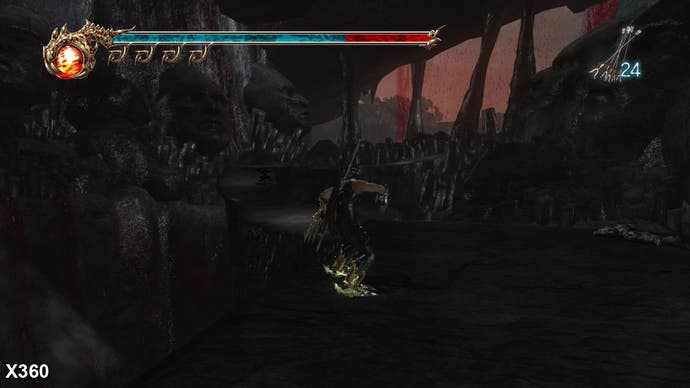


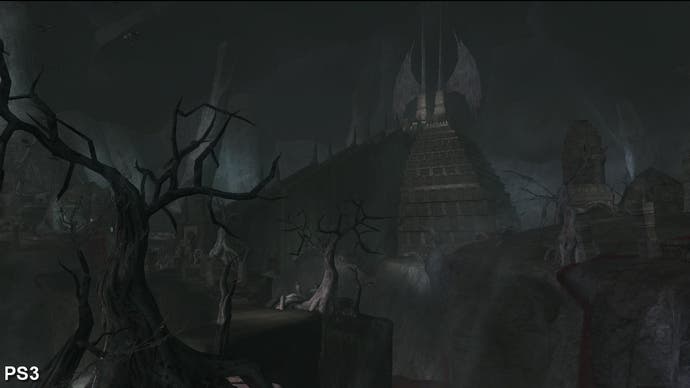
Our last major point of differentiation concerns the use of water. Typically this means deploying transparent alpha textures and traditionally the Xbox 360 has a clear, sustained advantage in this area of cross-format development thanks to the bandwidth advantages inherent in the eDRAM set-up.
The common solution used by both multi-console projects and even first party exclusives is to render the alpha effects using a lower resolution buffer, and it's no surprise to see that Team Ninja has employed the same technique. In the top shot here, you can see that the submerged lower half of Ryu is rendered at what looks to be less than half the resolution. In the shots beneath that, you can see that in some areas the Sigma team simply binned off the use of transparent water altogether. More comparisons can be found in the specific comparison gallery.
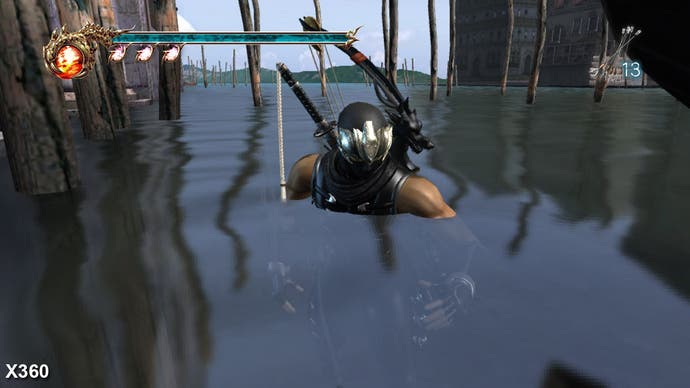
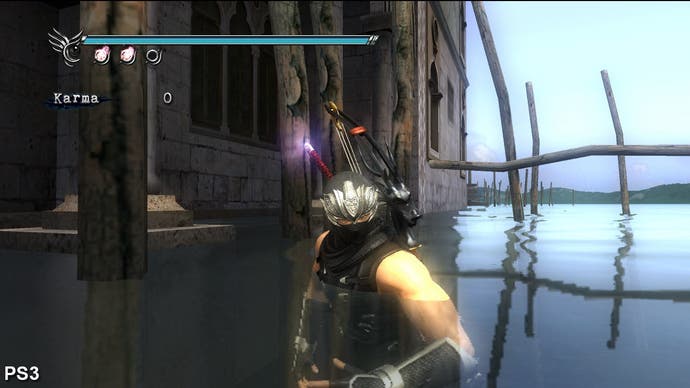
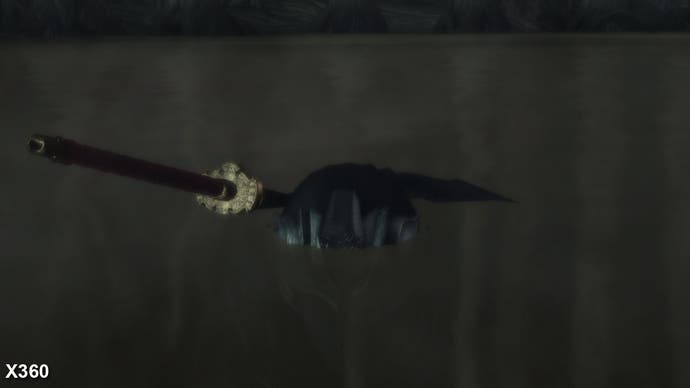
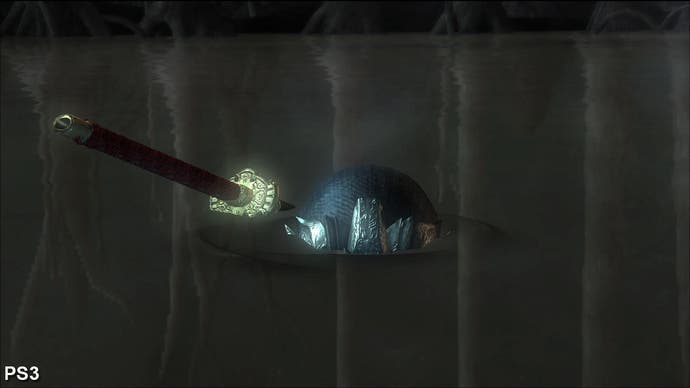
Effects on the water itself are achieved cheaply in both versions through the use of lower-resolution reflections, with the Xbox 360 game in particular being very heavily filtered. Reflections in Sigma 2 show plenty of aliasing and can look ugly up-close. However, when judged overall, again the pixel shader advantages shine through, giving the PS3 version the edge.
Overall, it's intriguing to see just how Team Ninja went about the business of crafting what is essentially the same game, but producing different versions that favour the technological advantages of both platforms. The original Xbox 360 rendition of NG2 is all about the polygons and the alpha effects - people and blood. The Sigma edition concentrates instead on lighting and detail, while at the same time migrating across some of the nicer features found in the original Sigma: the nice depth-of-field and pseudo-motion blur effects, for example.
The compromises in the PS3 code can sometimes affect the gameplay though: having fewer enemies and a lower amount of exploding projectiles being a case in point. However, it has to be said that the Xbox 360 game sometimes revels too much in its technology, abusing the lack of limitations in the amount of enemies rendered and occasionally making the game virtually unplayable as a result. Team Ninja's hardcore approach to gameplay has been softened a touch in Sigma. The team had a decent amount of time not only to look at PS3-specific technological improvements, but also to tweak the way the game plays too.
All of which is great, but completely ignores the One True Comparison... which game has sexier Ayane? We've even got a comparison gallery for that too. [Oh dear. - Ed]
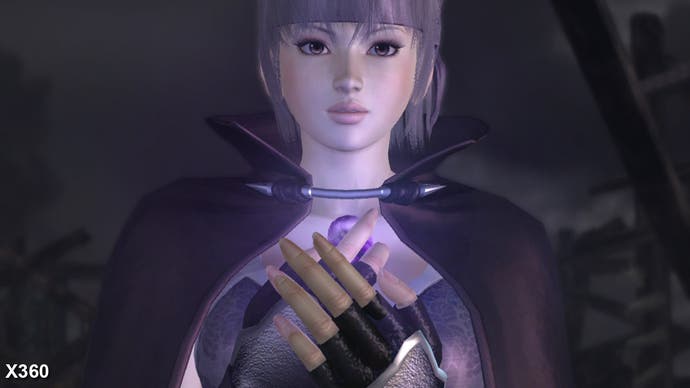

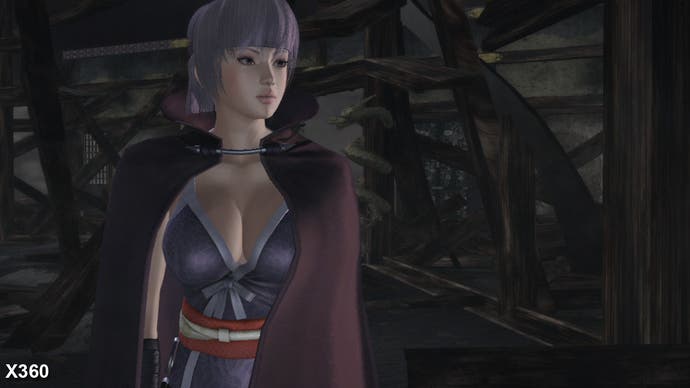
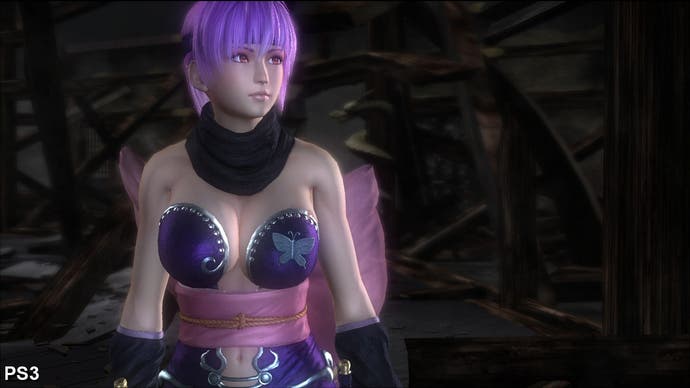
Returning to the thorny issue of cross-platform development and the perceived "bad ports" that sometimes end up on PS3, the approach taken with Ninja Gaiden Sigma 2 in overcoming this issue is somewhat radical, and won't make much financial sense to the majority of publishers out there. So, what is the alternative?
Criterion Games' previous interview with Digital Foundry (catch up in parts one and two) suggests a more common-sense approach, which when combined with some seriously smart coding can produce some beautiful results. As senior engineer Alex Fry says, "The consoles themselves, they've all got their ups and downsides. You need to take a holistic view of all of them, and everything there, you can just pick balance points that just work on both."
In short, if the game's going to end up on multiple platforms, plan for that in advance. But in the here and now, and with Ninja Gaiden on both PS3 and Xbox 360 being produced in unique circumstances, we find ourselves with two versions, each with their own charms. On balance, the PS3 version is the one to have: polygon reductions aside, the improved bling is simply gorgeous throughout the game. Not only that but there are bonus playable characters, online support, plus rejigged boss encounters.
However, the fact that both versions are individually targeted for maximum performance on each console results in two "mixes" of the core concept that Tecmo fans should seriously considering owning on both formats. Not only that, but Sigma also cuts out the odd bit of content which remains exclusive to the 360, replaces it, or remixes it, meaning that only by owning both versions do you get to see everything, Patrick Stewart-style.
A mighty round of thunderous applause to Digital Foundry contributor MazingerDUDE for his efforts in putting together this mammoth Face-Off.
